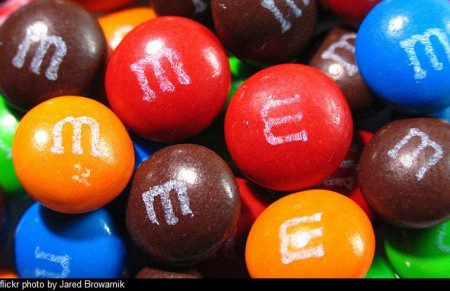CHEMISTRY: Hey guys! Here’s the laaaaast part of the charter – fission and fusion. Have you started studying? Be careful and don’t take the test for granted! And don’t forget to check out the the Chapter 21 Stuff to Know & sheet.
Make sure you keep practicing half-life problems and nuclear equations. Also, make sure you’ve memorize the nuclear symbols for alpha particles, beta particles, positrons, neutrons, and protons. And then there are tons of notes on the conceptual stuff. Properties of radioactivity, people, types of radioactive decay, applications of radioactivity, definitions, definitions, and definitions!
Help session Thursday morning, 7:20ish A.M.
Chemistry 1-14-16 Applications of Radioactivity, Pt. 2 and Fission & Fusion from Tammy Skinner on Vimeo.

